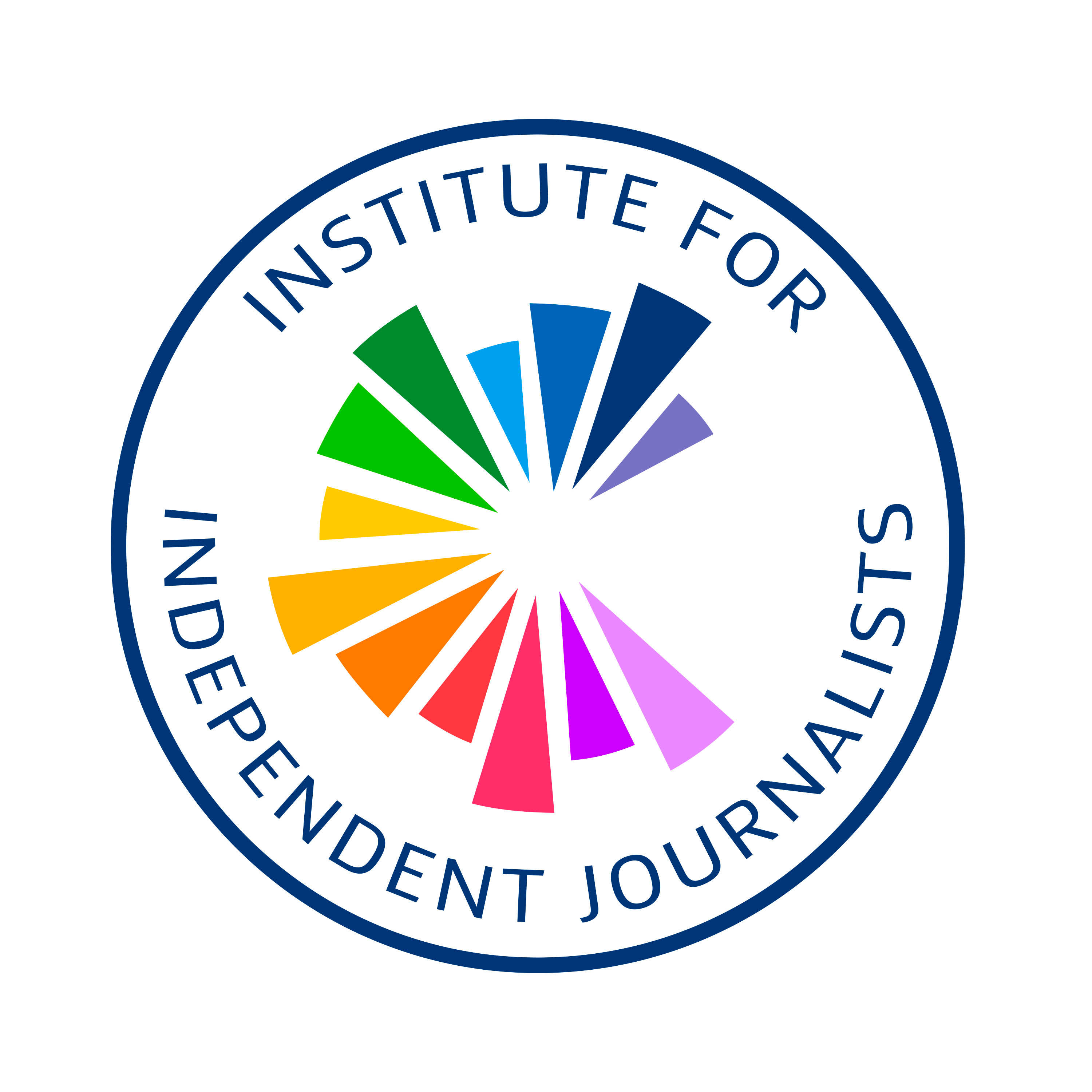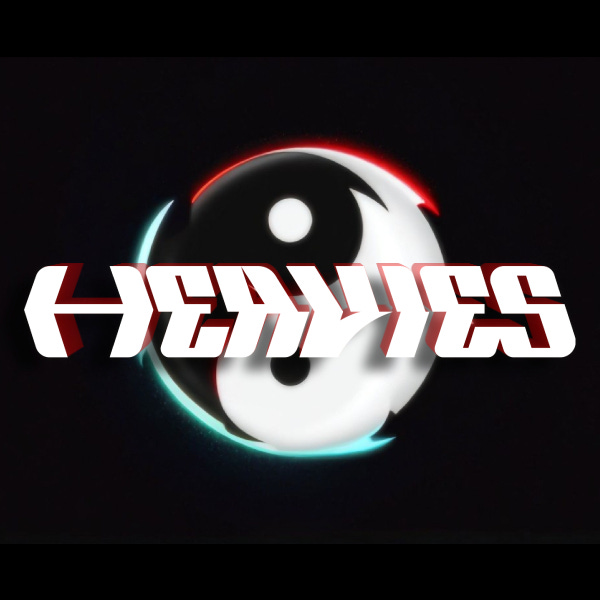Chris Gayomali on Magazine Writing
The Institute for Independent Journalists Launches 'The Freelance Journalism Podcast'
Today the Institute for Independent Journalists drops a new podcast on the art and business of freelance journalism. You can listen to the latest episodes of “The Freelance Journalism Podcast,” hosted by
founder Katherine X Reynolds Lewis, along with Shernay Williams, and myself, on Apple Podcasts and YouTube.In the latest Freelance Journalism Podcast episodes:
—Shernay talks to Fin Leary, a Boston-based fiction author, freelance writer and book reviewer who serves as the program manager for We Need Diverse Books. Fin is a 2024 Lambda Literary Emerging LGBTQ+ Voices Fellow for Young Adult Fiction, and also teaches publishing and writing at Emerson College.
—Katherine talks to The New York Times Opinion Editor Katie Kingsbury about how you can pitch your op-ed, digging into what it takes to get a piece from a pitch to the printed page.
—And below, I’ve added my first interview for the IIJ podcast: It’s with freelance journalist and former GQ articles editor
. We talked about navigating the magazine world, building writer-editor relationships, and how he learned to leverage his bylines to get to the next level. Chris, a UC Irvine alum, also runs the health and wellness Substack, .My favorite part of the conversation with Chris is the moment we both admitted neither of us really knew what The New Yorker was until college.
Last year, when I was pitching magazine features on the aftermath of the Maui fires, he gave me one of my best rejections:
“I'm really into this story and Hawaii's ugly colonial history generally, but I couldn't get any traction with the other editors unfortunately. I just know I'm gonna be seething with jealousy when it's published elsewhere.”
Six months later, Chris got swept up in a huge round of Condé Nast layoffs. Today, he is steady carving out his own path. In the episode, he also gets into how hard it is to land a print feature, and how he’s making his newsletter work in tandem with his own freelancing (note: after our conversation, which took place several months ago, I was pretty into his comment on how you can “build your own little communities” on Substack, and decided to launch this newsletter not long after—so thanks Chris!)
Since he has edited and also written a bunch of memorable longform pieces himself, I asked him to expand on a few craft-related questions for The Reported Essay.
So here is our podcast interview, along with six Q&A follow-ups on storytelling, included below.
Six Storytelling Questions for Chris Gayomali:
As an editor, you’ve shaped stories. As a writer, you’ve also experienced wrestling with how to tell a story. Do you have any advice on how to structure a longform story?
I'm one of those editors who spends a lot of time, maybe too much time, on the lede. I love a cinematic opener that lulls the reader in. Overall, though, my philosophy in laying out a story is to structure most of the piece traditionally: an opener that backpedals into a big idea (complete with a nut graf), and the middle of the story can go any which way with history, backstory, more scenes, etc. Once you have a reader 3/4ths of the way in, though? At that point anything is fair game. You can get weird, experiment with form, inject in a ton of first person. The reader is already invested and totally at the whims of the writer. It's at that 75%-through point that I like to tuck in some element of surprise, a curveball, a reveal, a gut punch. Something that makes the story memorable.
You actually added that kind of surprise in your own viral GQ piece, “I Wish I Was a Little Bit Taller.” You have this great personal anecdote at around the 75% point, with you discovering limb lengthening. How did you find and land this story, and can you talk about that choice to include yourself?
So, I wanted a way to talk about the taboo of being a short guy in America, and I remembered having come across a story a long time ago about a guy who had his legs broken in order to grow two inches taller. On a whim, I sent a cold email to a surgeon in Las Vegas, this guy named Kevin Debiparshad, and he agreed to let me profile him, watch a surgery, and talk to a few of his patients who had gone through the procedure. (That they are all stuck in Vegas with nothing better to do as they recuperated for a couple of weeks worked out in my favor.)
A lot of my all-time favorite features over the decades had writers insert themselves into the stories: people like Judith Thurman, John Jeremiah Sullivan, David Foster Wallace, Joan Didion, Rachel Kaadzi Ghansah. As I got deeper into my career, I had this revelation: Why not me? Maybe a Filipino guy from Long Beach could have something novel to offer!
For your Steven Yeun GQ cover story, what was the hardest part of reporting or writing that piece? Is there any interesting writing choice you remember making for this one?
The Steven Yeun profile was tricky, only because it was reported during lockdown. So, once a week for a month, I was spending like two+ hours locked in a Zoom with him having these really deep, revelatory conversations. I think we were both starved of social interaction, so those chats were kind of a form of therapy. Of course, it was a challenge to recreate scenes for the story. For example, the closing section of the piece—where we talk about prayer and faith—required me talking to several people in order to recreate it, but I think it became one of the best sections I've ever written.
Anyway, Steve is cool. We'll text each other once in a while to say what's up. I feel like we are lightly trauma bonded!
What do you think makes for a strong longform idea? Do you have a process for spotting good idea, or finding good ideas yourself?
I think the key to pulling off a strong longform idea is to come to the pitch with an understanding of the story's layers. Underneath the action and intrigue, there should be a fresh argument or two that the writer is trying to advance. This is admittedly trickier in the race for IP, where journalists aren't just competing against each other but with Netflix and HBO. One way to work against those forces that I like to do is figure out what I'm hoping to talk about first, and then reverse-engineer a way in. For example, in order to talk about taboos around short men in America, I found the most radical procedure I could in leg lengthening surgery, and reached out to the guy whose business was booming.
For you, now freelancing more, have you experienced rejections yet? What is it like to be on the other side and how do you handle it?
Now that I'm on the other side, I'm mostly in awe at how prosaic and elaborate the freelancer invoicing systems are for big publishing companies. Getting paid is hell!
But no, I totally get it. Magazines have such limited real estate these days, so it really is a Lord of the Flies situation to get an idea through multiple layers of greenlights. I'm sympathetic to the plight of editors: If I had my way, I'd be publishing multiple 10k-word features all the time and paying $2 a word. I haven't gotten any overt rejections just yet. It's more my pitches are just languishing in someone's inbox purgatory and I've forgotten that they're there.
How do you think about “voice” as a nonfiction writer? How do you develop it? What kind of voices are you drawn to in writing?
I consider voice to be tantamount to the job. It's one of the last remaining weapons we have against automation; let your humanity shine! I especially love reading journalists who can animate the mundane: Alex Pappademas, Caity Weaver, Gabriella Paiella, Hua Hsu, Rob Moor, just to name a few. The best way to develop your own voice is to read widely and imitate others selectively. With enough practice and refraction that voice becomes your own.









Thanks so much for having me! What an honor.